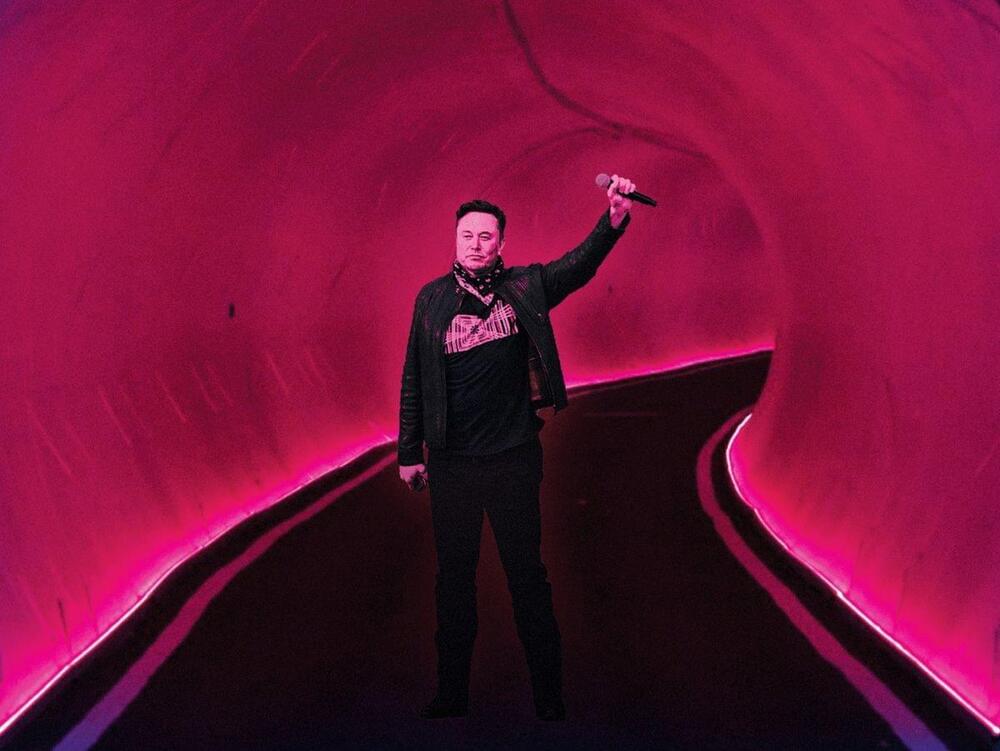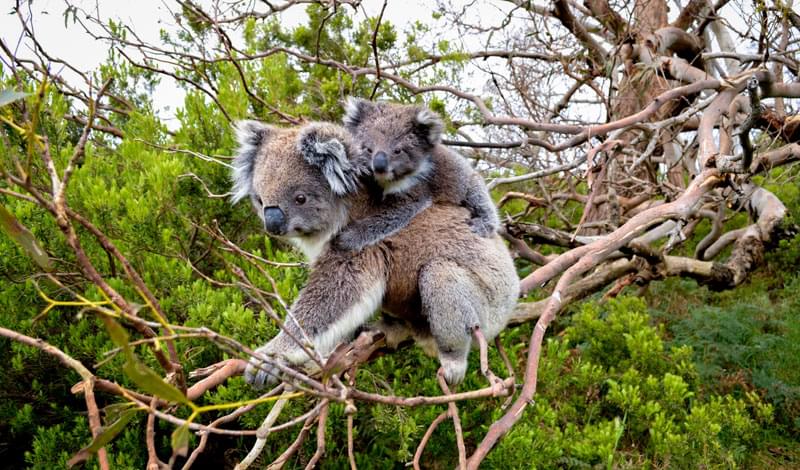We can summarize this as:
Price = Demand / Supply.
When there is more demand or less supply, the price goes up. When there is less demand or more supply, the price goes down. This is basic economics.



There is a whole range of possibilities when it comes to prefabricated modular housing—some might be as simple as a prefab cabin in the woods or a home office in the backyard; others are designed as stackable and programmable smart homes, perhaps strong enough to withstand natural disasters or for seniors looking to age in place affordably.
Whatever it may be, the prefab industry continues to evolve. Singapore-based Nestron is yet another contender in this ever-expanding field, now offering the Nestron Cube Two X (C2X). This rather futuristic-looking smart living pod measures a relatively generous 377 square feet (35 square meters)—a sizable increase in floor area compared to the company’s 280-square-foot (26-square-meter) Cube Two of the same series, which was launched back in 2020, and is designed for three to four inhabitants. Additionally, the Cube Two X comes in two versions: either a one-bedroom or two-bedroom unit with different floor layouts within the same footprint.
Similar to the preceding Cube Two, the 18,000-pound (8,000-kilogram) Cube Two X sports an ultra-sleek exterior that features an insulated, FRP-paneled, galvanized steel frame, which the company says was designed to weather out natural disasters like earthquakes, hurricanes, and typhoons. However, the company notes that further fortifications can be done for clients looking for something even more resistant.

U.S. startup Geoship have created ‘dome homes’ which last up to 500 years and are resistant to fire, floods, earthquakes and hurricanes.
Made of earth-friendly bioceramic, Geoship’s geodesic domes envision a new future for humanity.
Although no images of the built domes have been released yet, Geoship has shared these renders of what the dwellings could look like.

When the koala fur trade began during the late 19th century, as many as 10 million koalas are thought to have existed in Australia. Since then, they have declined to a fraction of their historic range and numbers. Between 2000 and 2016, the states of Queensland and New South Wales bulldozed at least 885,000 hectares of forest and bushland that provided habitat for koalas, based on analyses of vegetation loss derived from satellite imagery.
Having previously classified the animal as “Least Concern” on its Red List, the International Union for Conservation of Nature (IUCN) uplisted the koala to “Vulnerable” in 2016. A report by the WWF in 2017 found a 53% decline per generation in Queensland and a 26% decline in New South Wales.
Estimates of their exact numbers vary considerably, but the Australian government has just published a new detailed analysis, showing the rapid and ongoing decline of koala populations in Eastern Australia. Following the disastrous wildfires of 2019–2020, they have now dipped below 100,000 to approximately 92,000 and are projected to fall by another third in this region during the next decade, possibly reaching 63,000 by 2032.



A homeowner has shared her upset after a gas company started laying pipes under her private walkway claiming a narrow passageway was actually a street.
Liesel Symonds has been locked in conflict with gas company Cadent for months.
Cadent says it has legal duty to connect homes and has done nothing wrong.


Tom HlavacSustainable would be a home built of hempcrete, with a greenhouse capable of growing enough food for the family, a small henhouse, and a few bee hives. And a septic system capable of producing fertilizer.
No need for megacorporate involvement. Somethi… See more.
Tom HlavacIf Musk could catalyze adoption of hempcrete and mass produce 3D printers for that, he would do more if value than everything he has done before.
1 Reply.
View 6 more comments.
Genevieve Klien shared a link.